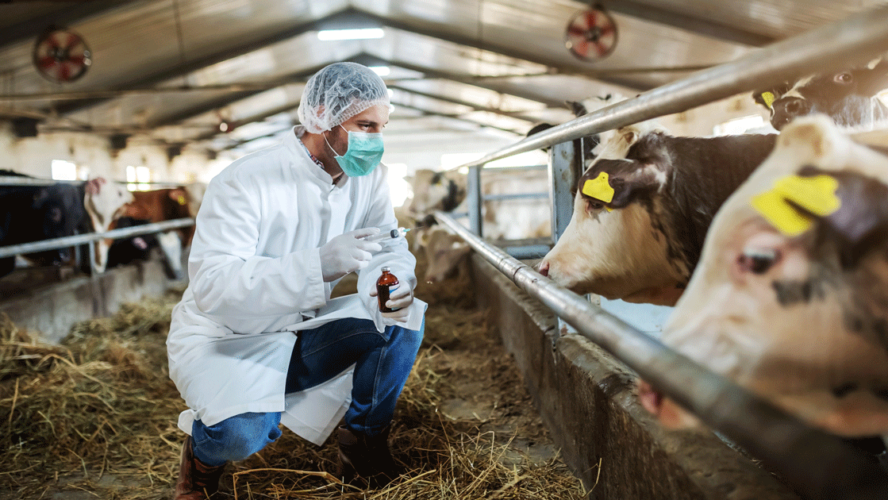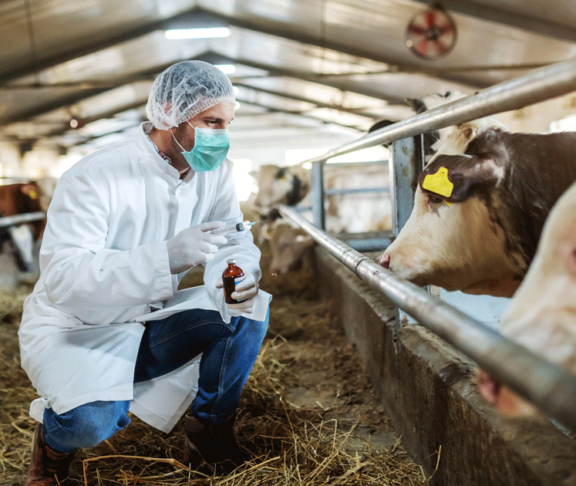
Tiemo Wölken
Member of the European Parliament, S&D Coordinator in the Committee on environment, public health and food safety, Vice Chair of AMR Interest Group
If the pandemic has taught us one thing, it is that we are not prepared to combat the serious threat that emerging infectious diseases can pose to human health and our economies.
All deficiencies revealed with COVID-19 have long been recognised in the fight against antimicrobial resistance (AMR). I hope that the main lesson learned from the pandemic is that the time to act and be prepared to tackle AMR is now and not when it is too late.
According to an analysis published by the medical journal The Lancet, “In 2019, deaths caused by AMR were higher than HIV/AIDS or malaria, making this threat the leading cause of death worldwide.” Moreover, the Board of the European Health Emergency Response Authority (HERA) recently listed AMR as one of its top three priority health threats in the European Union.
One Health approach
Tackling AMR has many facets and will need a global reinforcement of the One Health approach, meaning stepping up efforts in tackling the connections between human health, animal health and environmental protection.
Improved diagnostics
The overuse and misuse of antibiotics needs to stop. Our action in human medicines needs to be scaled up, offering alternative treatments and stewardships for healthcare professionals, including the appropriate use of antibiotics in university curricula. Monitoring and surveillance need to be strengthened as well as infection prevention and control. A focus needs to also be put on better access to rapid and affordable diagnostic tools.
Monitoring and surveillance need to be strengthened as well as infection prevention and control.
Enforcing strict measures
Prudent and responsible use of antibiotics in veterinary medicine should be promoted and general use considerably reduced. The use of antimicrobials and other pharmaceutical substances should not be allowed to compensate for poor animal husbandry practices.
Measures such as the introduction of continuous monitoring of AMR in the environment or greater transparency in antibiotic manufacturing throughout the entire supply chain are needed to mitigate the impact of pharmaceuticals in the environment. Companies have to be held accountable for the environmental release of pharmaceuticals from manufacturing plants and those operated by third parties at any stage of production.
Fighting the crisis together
Keeping antibiotics effective is everyone’s responsibility. Therefore, we have to ensure that AMR is high not only on the EU policy agenda but on the global one. There is the need for urgent action through a cohesive and ambitious multi-sectoral One Health approach, which addresses human, animal and environmental health. The time to act is now and we have no time to waste. This fight can only be won when we act together — globally.

